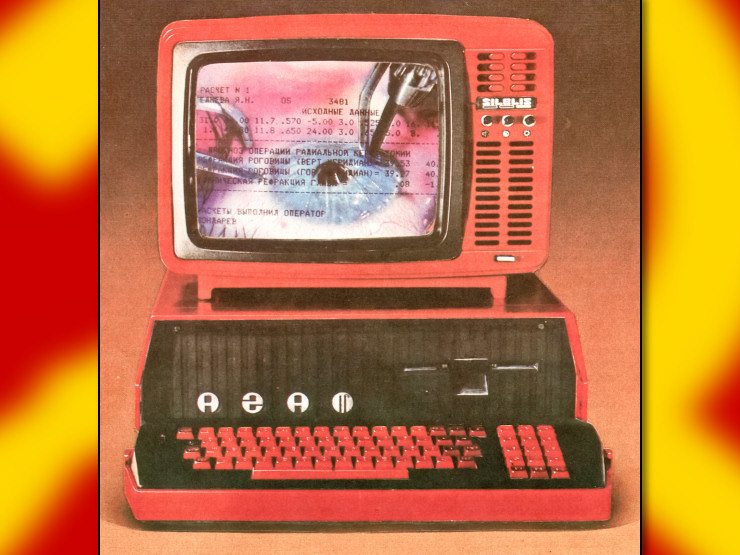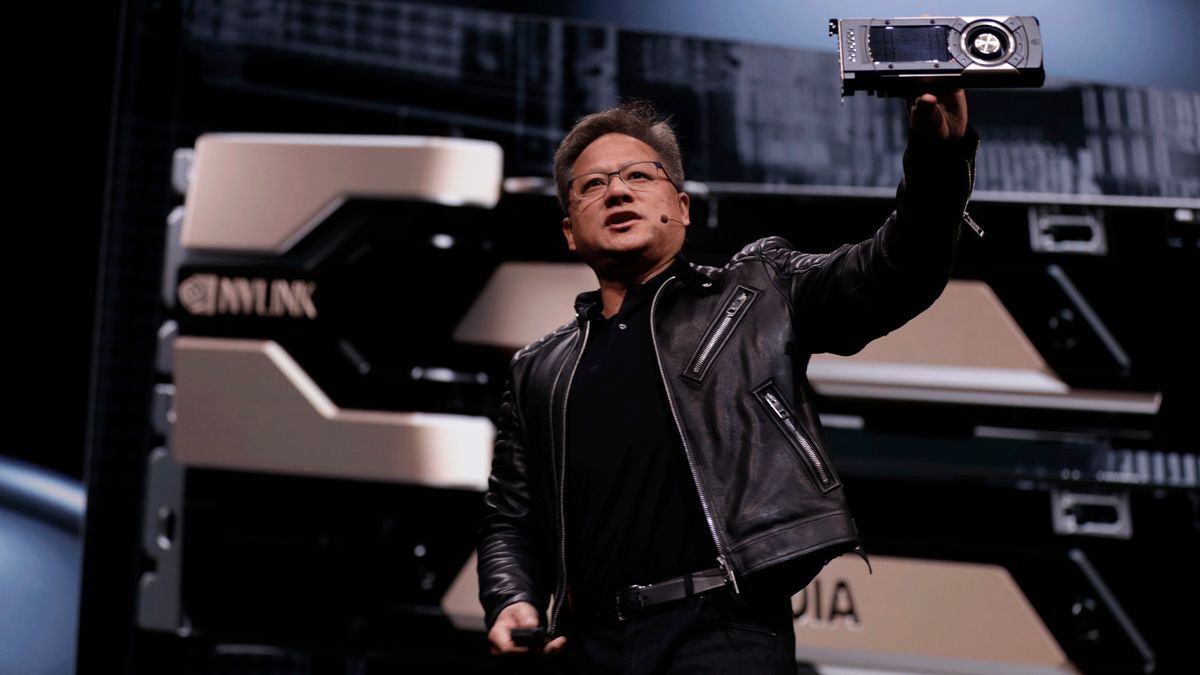Lol. Lmao.
In the funniest timeline, the US nationalizes Nvidia to delay China from making chips that work well with LLM’s… by a year tops.
Link to original Fortune article the PC Gamer article pulled from, with this juicy relevant quote:
To do that, Raimondo said the Commerce Department’s Bureau of Industry and Security, which manages export controls for the US, needs more funding from Congress.
“I have a $200 million budget. That’s like the cost of a few fighter jets. Come on,” she said. “If we’re serious, let’s go fund this operation like it needs to be funded.”



The whole point of US sanctions is to decouple, i.e. force China out of the world’s market and keep their technology separate from the ones under US control.
China is going to have their own indigenous, perhaps even more advanced technology, but so long as the US control access to the world market, and forcing Chinese technological development to be sufficiently deviated from integration into the rest of the world’s (i.e. US controlled) technology, the US would have achieved their goals.
The perils for China come not from their inability to reinventing the wheel or not catching up with Western technology, it’s that China does not have access to the international market when their manufacturing industrial base is critically geared towards export market.
The major “hinge point” happened back in 2009 during the global financial crisis, when dwindling Western consumption resulted in China’s infrastructure development and the booming of property market instead of reorientating their economy towards internal demand (internal circulation). As such, China now has the capacity of housing 6T people for a population of 1.4T - absolutely nobody is going to buy those properties because there are not going to be enough people to live in there. All the capital flooded into real estate for a quick fix (profit) rather than creating a strong domestic consumer base.
This is why China is undergoing a property market crisis today and it’s going to take them a while to sort this out. But the worse problem is that China’s consumer base is too weak to absorb the loss of international market for high end products. This was something they should have foreseen back in the early 2000s, and failed to correct course from the very beginning.
what is “the world market” exactly ? China losing most of europe ,Korea, Phillipines and Japan? Like someone else pointed out Chinese mid and high end exports and intergration with most of SEA is going great and China is starting to dominate the market on digital infastructure in a lot of the devloping world elsewhere. USA has been unable to block the penetration and even domination of Chinese world leading mid-high tech exports in some of the worlds most important markets
For example ASEAN leads the world in growth and wants to repeat an “Asian Tigers” like development and China’s leading position in digital and physical infrastructure creates a natural economic partnership with them . Already in 2020, China exported almost twice as much to ASEAN as it did to developed Asia (Japan, Taiwan and South Korea). Chinese exports to the Global South, including ASEAN, Africa, and Latin America, nearly doubled from pre-Covid levels to an annual rate of around $900 billion in 2022 – double China’s exports to either the United States or the European Union.According to the IMF, the region’s per capital GDP in terms of purchasing power parity is $16,163, or nearly three times the USD dollar GDP per capita. The purchasing power of foreign currency in local economies is multiplied by the undervaluation of the region’s currencies. As the US dollar value of GDP converges with purchasing power parity over time and these countries grow, the import capacity of that 700 million people will rise to match western markets even in demand for high tech products . No reason to believe Chinese high tech exports and digital infastructure will not continue to rise even more.
From an ASEAN study published last year:
China is already a world leader in practical applications of digital infrastructure (AI/5G) and their strategy centers on creating future markets for its high end products by providing broadband, cloud computing, and training for Southeast Asian nations and in those aspects it already dominates the 700m people market with deals being signed left and right no matter US disagreements. .
According to a July 2022 report by the Carnegie Endowment on Huawei’s success in Indonesia, by far the largest ASEAN nation with a population of 275 million:
Huawei teamed up with Thailand’s Ministry of Digital Economy to open a “Thailand 5G Ecosystem Innovation Center” in Bangkok in 2021, the director of Thailand’s digital development office told a Huawei conference in 2021. In October 2022, Huawei released a white paper entitled “Malaysia as the ASEAN Digital Capital.” And all these were for a Huawei in their weakest. They are booming again in 2023 and so are a lot of Chinese tech giants and sectors. Like electric cars. Already bound to dominate in SEA you see them capturing markets just in the US doorstep
Even if you wanna hyper focus on chip exports. China already has a great shot in dominating mid and low end chip production and exports everywhere within the next decade and there is little real ability or plan from the west to counterbalance that legacy chip domination. How will that coexist as a reality with them being completely cut off fin the high end sector when they reach parity. I dont think it can .
Good article on the subject in Chinese https://www.guancha.cn/ChenFeng3/2023_02_14_679722_s.shtml
when you say deviate what do you mean? Their chips will be incompatible with our tech? What would be the barrier to making chips that are compatible?